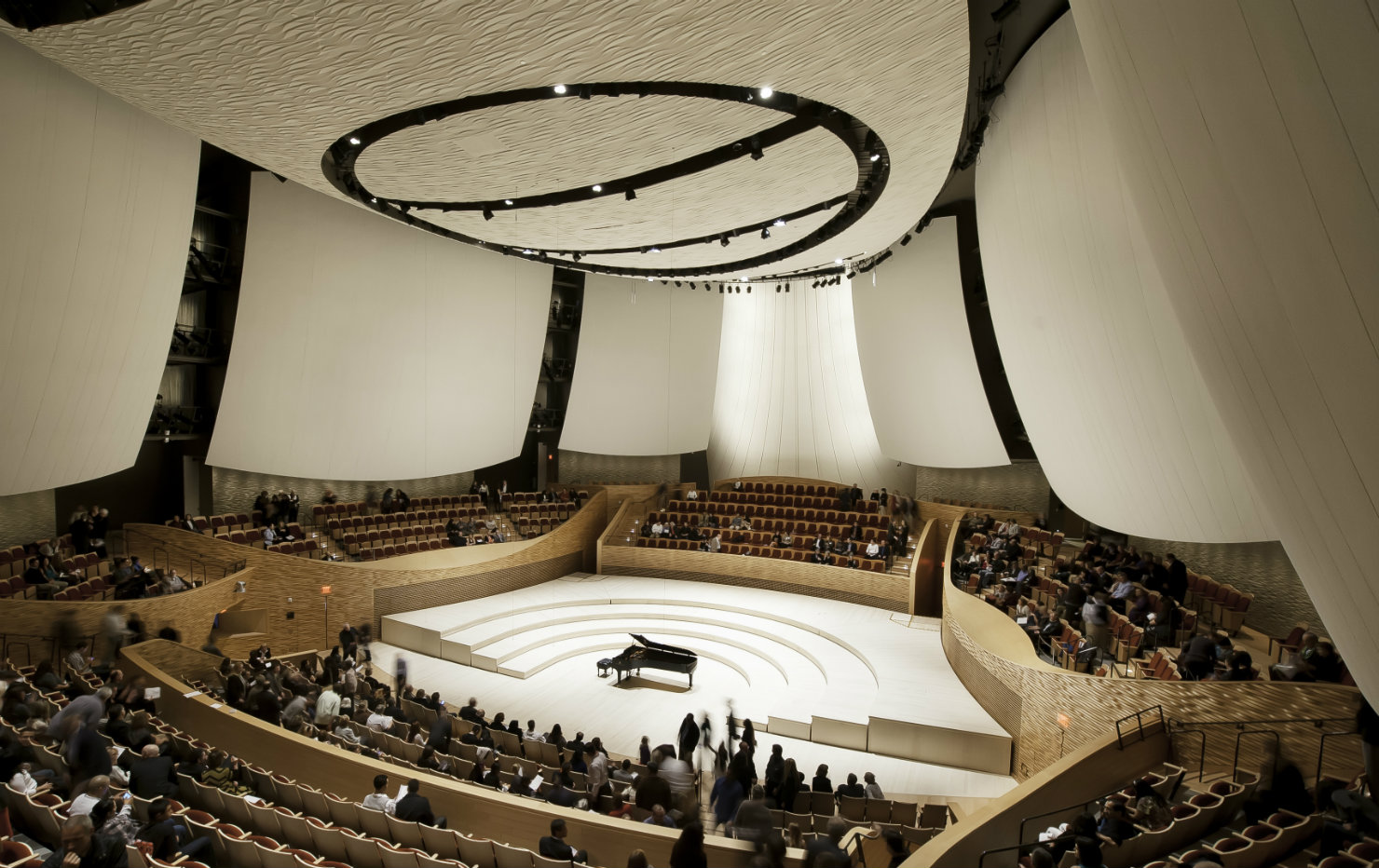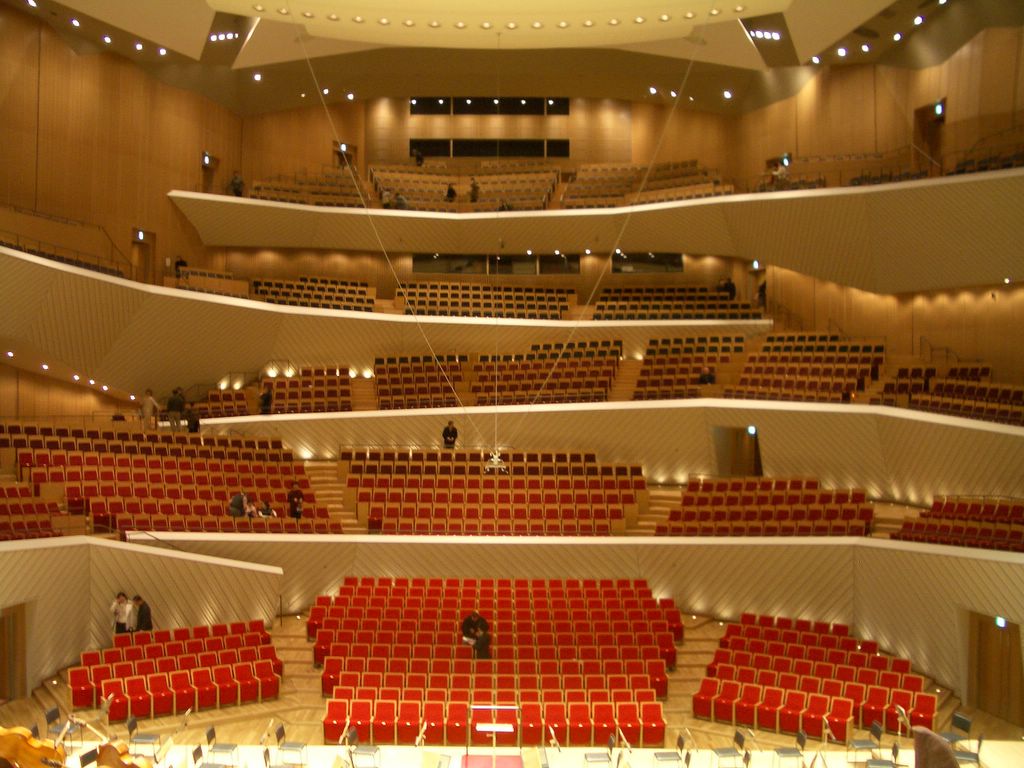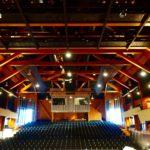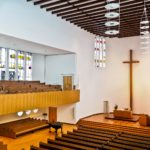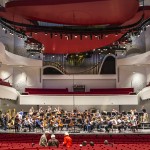22
Mar
2016
Concert Hall: How To Get The Perfect Acoustics. (Part 2)
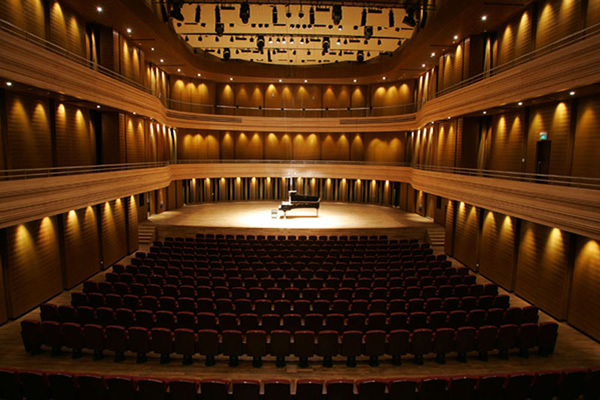
Reading Time: 3 minutes
Designing good concert hall acoustics is a very delicate art as all element melds to define the space in a very complex way. In this post, we will breakdown the details behind the materials used in concert hall construction and how they affect each other as well acoustically.
Materials
Materials play a huge part in concert hall acoustics. The same materials used in a space with good acoustics could be made to sound worse if they were arranged in a different way. In general, however, hard, reflective materials are ideal for concert hall acoustics. This is because the orchestra needs all the reflection and reverberation that it can get to make the sound richer.
Let’s go through some materials, their properties and how they affect concert hall acoustics.
Concrete
This is part of broader category of materials known as masonry. A building could be constructed out of brick, concrete or stone. As we know, the thicker and denser the wall, the better it is at blocking and reflecting sound which is the first step to good isolation from the outside world. But why can’t we have internal walls to be concrete? Well, concrete and stone materials are porous and tend to absorb high and mid frequencies while reflecting back low frequencies – which can have an undesirable impact on concert hall acoustics. To make concrete reflective, paint and finish can fill up the holes. However, designing a wall with composite materials might have better acoustic properties, depending on the requirement of the acoustician.
Metal
Metal is usually part of support structure for other materials directly influencing concert hall acoustics. However, when left on their own, they absorb low frequencies and can rattle – becoming a source of absorption and noise in the space. Lamination and dampening it with rubber can help to reduce the rattling.
Plaster/Gypsum
Plaster is one of the most commonly used materials to literally shape the architecture of concert hall acoustics. To do this, they have to be from 1.5 to 2 inches thick. This is to keep it stiff and prevent vibrations, as that will cause absorption of low frequencies. Bear in mind that having plaster to be thicker means a higher mass – which requires better structural support.
When designing a plaster panel that would cover many areas of the concert hall, make sure it can be repeated so that the plaster can be precast. The plaster to use is fibreglass reinforced gypsum (or FRG). Regular gypsum board will be too thin for most purposes in concert hall acoustics, so always use either thick gypsum or multiple layers, not forgetting proper structural support.
Wood
Wood can truly enhance the visual beauty of a concert hall, and proper use can improve concert hall acoustics. Here are some cautions though. If a wood panel is too thin and there is air space behind it, it will cause panel vibration as well as absorb low frequencies, similar to thin plaster or gypsum board. Thick layers of plaster should back up wood panels to prevent low frequency absorption. In design considerations, such as arched structures and ceiling, wood should be stressed to be prevent vibrations.
Curtains
It is usually essential to have curtains or drapes in a concert hall to conceal stage preparation. However, beware of some of its properties. Curtains can absorb sound energy therefore having curtains behind the orchestra will rob them of some essential early reflections.
In some special cases, it is required that the concert hall acoustics be adjustable based on the nature of the performance. As such, the curtains can be designed to be concealed when needed so that they do not affect the sound of the instruments on stage.
Some exceptions, However…
So far, we have been trying our best to reduce absorption to optimise concert hall acoustics. There are however, some areas of the concert hall where absorption may be required.
Rear walls or balcony ceilings
These are areas where sounds can be reflected back to the front. This causes distinct echoes and can be very disorientating for the performer, as well as being detrimental to concert hall acoustics. In such areas, panel absorption can be installed to minimise the echoes.
Seats
The audience will play a major role in sound absorption. Therefore, the seats need to simulate the same amount of absorption as a real person sitting on it. This is really for a functional reason – concert hall acoustics should be consistent whether there are people in the concert hall, or if the hall was empty – so that reverberation time during rehearsal and the actual performance will not be too different. Cushions or paddings on the seats would work fine, but to be carefully designed to match the absorption of a real audience.
Conclusion
The materials discussed are by no means an exhaustive list. Furthermore, there is no single method to design a concert hall. It depends on how much reverberation the performances needs, as well as the ingenuity of an acoustician to solve problems associated with concert hall acoustics. By having a sound knowledge of how these materials come together, it will serve as a good starting point for an acoustician to come up with an effective design to achieve the desired goal ideal concert hall acoustics. Click here you missed out Part 1 of how to get perfect acoustics by isolating sound.
